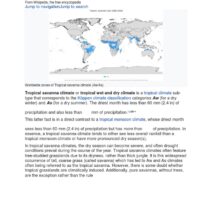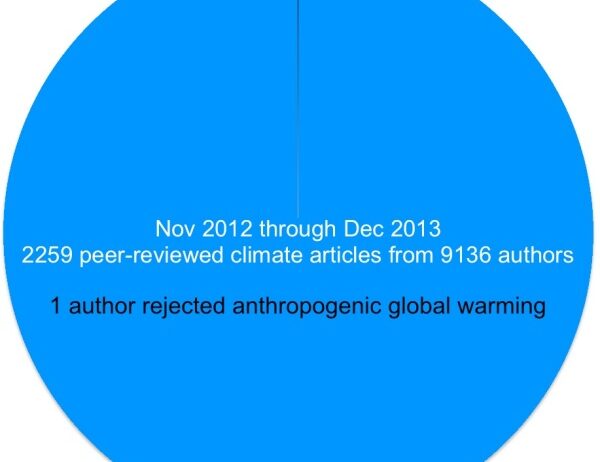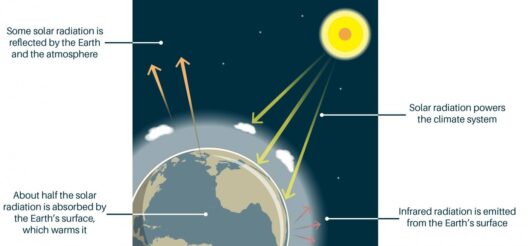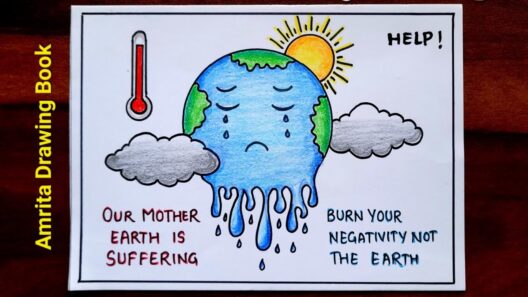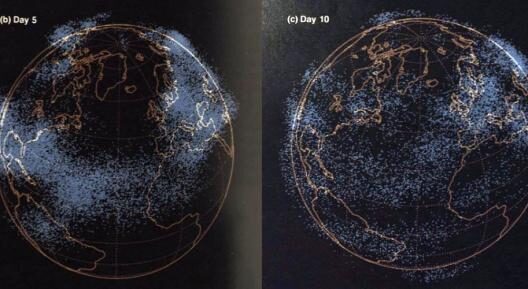The world is in a delicate balance, like an intricate tapestry woven with threads of intricate ecosystems, weather patterns, and human endeavor. Each strand contributes to the overall beauty and functionality of the design, yet humanity’s impact is pulling at the seams in a perilous way. As atmospheric carbon dioxide concentrations rise and global temperatures spike, a singular question looms large: Is climate change real? The answer is embedded in the fabric of scientific consensus, a tapestry that reveals not only the reality of climate change but the urgency for action.
The scientific community stands united in its recognition of climate change, likening it to a roaring tempest on the horizon. From the most prestigious scientific institutions to the dedicated researchers in remote laboratories, an overwhelming majority have converged on a singular conclusion: climate change is not only real but a pressing global challenge that demands immediate attention. The Intergovernmental Panel on Climate Change (IPCC), among many others, has meticulously synthesized multi-disciplinary research, underscoring that human activities—particularly the combustion of fossil fuels—are the primary culprits behind the dramatic shifts in climate patterns.
Why, one might wonder, is there such significant consensus among experts? The answer can be further elucidated through the lens of methodological rigor. Science operates not merely on opinions, but on evidentiary foundations drawn from empirical data. Every measurable change in global temperatures, the increase in extreme weather events, and the diminishing ice caps tell a story that cannot be ignored. The Earth is speaking, and the language is unequivocal: climate change is an existential reality.
The Emerald Horizon: Evidence from Across the Globe
The manifestations of climate change are apparent, spanning continents and oceans. Rising sea levels, an irrefutable testament to melting ice sheets, threaten coastal communities worldwide. The picturesque shorelines that once basked in sunlight now face the relentless creep of the ocean, while entire ecosystems face the specter of displacement.
Moreover, the incursion of extreme weather events serves as an omnipresent reminder of climate change’s relentless grip. Hurricanes, droughts, and wildfires have become more ferocious, inflicting havoc on human livelihood and natural habitats alike. The onslaught of climate disruptions transcends geographical boundaries, uniting people under the shared threat posed by a warming planet.
To encapsulate the severity of the issue: the latest reports indicate that the last decade was the warmest on record. We are not merely witnessing fluctuations in weather; we are confronted with lasting transformations. These dramatic shifts are not the idle whims of nature; they signify an urgent call for reflection and responsibility.
The Siren Call of Denial: Battling Misinformation
Despite the all-encompassing evidence, a dissonant chorus of climate change denial persistently intrudes upon the dialogue. This cacophony is not just a squabble over facts; it threatens to drown out the voices of reason and scientific integrity. Misinformation spreads like wildfire, often fueled by economic interests or ideological contention. This opposition does not merely delay action; it erects formidable barriers to engagement, preventing meaningful dialogue about the solutions we so desperately need.
Further complicating the narrative, the conflation of weather with climate inhibits our comprehension of the broader picture. A particularly brutal winter may cast shadows of doubt on the veracity of climate change, ignoring the intricate interplay between short-term variability and long-term patterns. The electorate’s understanding must evolve, embracing the nuances embedded within this complex issue.
Confronting the challenge requires rearming our societal narrative, propelling an influx of scientifically sound information to dispel myths. Education, advocacy, and media literacy are no longer peripheral; they are central to the endeavor of fostering an informed populace ready to engage with the realities of climate change.
Forging a Sustainable Future: The Path Forward
The clarion call for action cannot merely be a topic of academic discussion; it must ripple into our daily lives. Policy changes, renewable energy initiatives, and sustainable practices are the keystones of mitigating climate change’s trajectory. Breathtaking advancements in technology present an opportunity to harness clean energy sources, revolutionize transportation, and rethink waste management systems. This transition requires not just collective endorsement but individual commitment, echoing the essence of a grassroots movement aimed at healing our planet.
Moreover, the power of local communities cannot be overstated. Initiatives that prioritize sustainability—from urban agriculture to carpooling programs—demonstrate that micro-changes can lead to macro-results. The tapestry of solutions we weave must be rich with diversity, resilience, and inclusivity. United, these efforts hold the potential to counteract the pernicious effects of climate change and create a more stable future for generations to come.
In conclusion, climate change emerges not as a distant specter of future consequences but as an immediate reality, dramatically reshaping our world. The scientific consensus is emblematic of a shared urgency—an acknowledgment of the interconnectedness of life on Earth. The tapestry of existence, in all its beauty, can unravel if we fail to act. As stewards of this planet, we must rise collectively to the occasion, embracing the challenges ahead while weaving a narrative of resilience, hope, and sustainability. For the bond between humanity and nature is formative, resilient, and pivotal, and together we can embrace a more harmonious existence on this vibrant blue planet.

